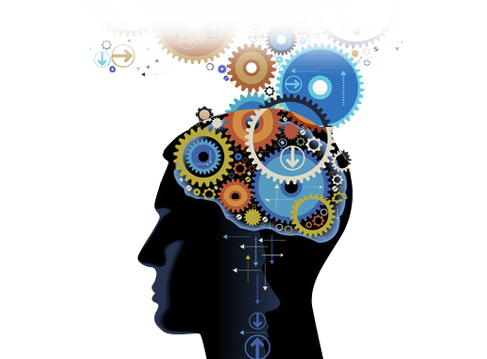Generally speaking, Electronic Data Interchange (EDI) is considered to be a technical representation of a business conversation between two entities, either internal or external. Note, there is a perception that “EDI” consists of the entire electronic data interchange paradigm, including the transmission, message flow, document format, and software used to interpret the documents. Electronic Data Interchange (EDI) is considered to describe the rigorously standardized format of electronic documents.
The Electronic Data Interchange standards were designed to be independent of communication and software technologies. EDI can be transmitted using any methodology agreed to by the sender and recipient.… Read the rest


